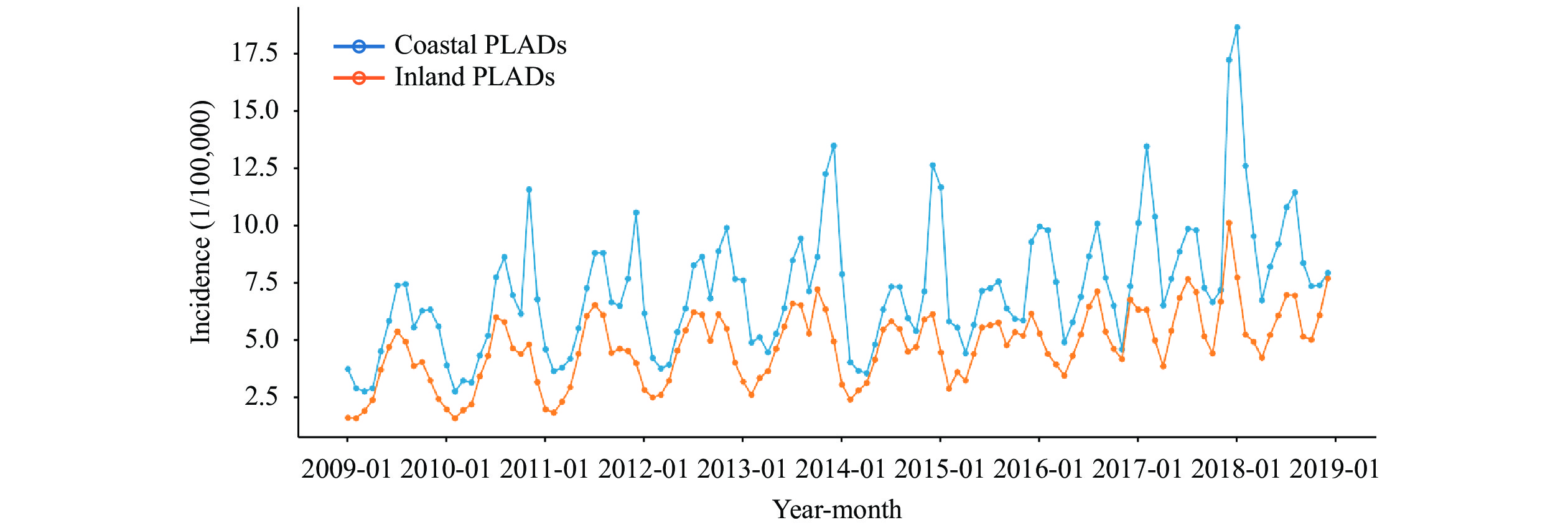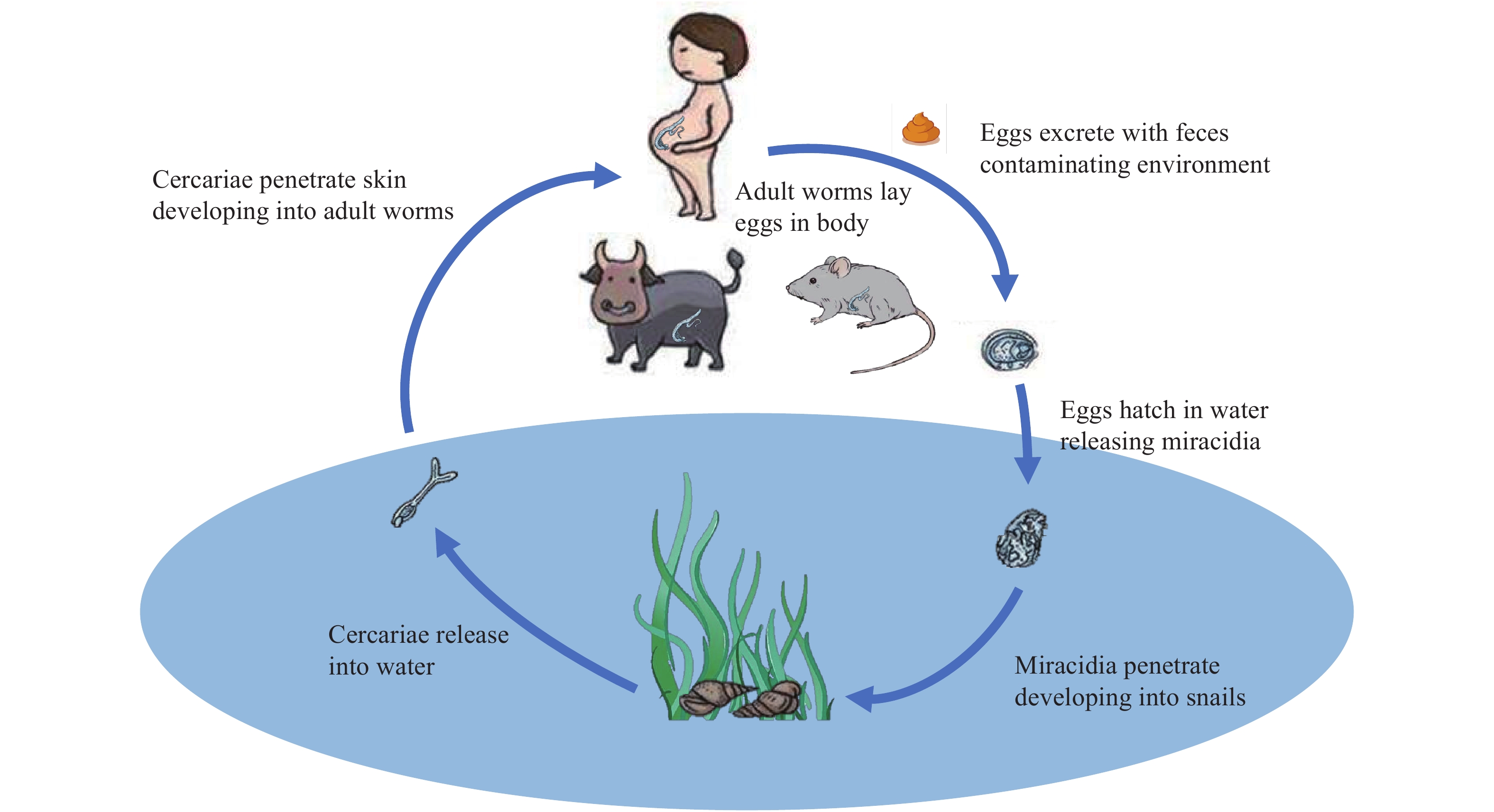2022 Vol. 4, No. 7
Studies indicate that viruses could spread across species, but it is difficult to know when and where such small probability events occur because it is almost impossible to design an observational study on the whole landscape.
We did a comprehensive analysis on the National Center for Biotechnology Information database and tried to find the time, place, and host that the viruses stayed in their long evolutionary history.
Public databases are helpful to understand the risk of virus infection in humans and also a cost-effective method for monitoring public health and safety events.
Coastal areas of China have a higher reported incidence of other infectious diarrheal diseases (OIDD; excluding cholera, dysentery, typhoid, and paratyphoid) than inland areas of China.
The incidence of OIDD in high latitude coastal provincial-level administrative divisions (PLADs) near Bohai Sea was positively correlated with sea surface temperatures (SSTs), while in coastal PLADs near the South China Sea was negatively correlated.
The marine environmental risk factors acquired by remote sensing provide a new way for diseases surveillance and early warning. SSTs can be employed as predictor of OIDD in some coastal areas in China.
Schistosomiasis japonica is caused by infection of Schistosoma japonicum (S. japonicum), which infected 12 million residents in the 1950s in China and was a heavy burden to public health and socioeconomic development (1). After more than seven decades of effort to control schistosomiasis, the prevalence of schistosomiasis has been reduced dramatically in China. Among the 450 endemic counties (including city and district-level jurisdictions), 74.89% (337/450), 21.87% (98/450), and 3.33% (15/450) have achieved the criteria of elimination, transmission interruption, and transmission control of schistosomiasis, respectively. As the overall endemic status of schistosomiasis remains at a low level, the strategies shifted from snail control to morbidity control and then to an integrated strategy that emphasized infection source control. However, being a vector-borne and zoonotic disease, schistosomiasis japonica is intricately linked to multiple factors including biological, natural, and socioeconomic risk factors. In order to eliminate schistosomiasis earlier and more thoroughly, the One Health approach should be adopted, which focuses on solving complex health problems from a macro-level perspective of interactions among human, animal, and environment, emphasizing multi-institution, interdisciplinary, and cross-regional collaboration and communication.



 Subscribe for E-mail Alerts
Subscribe for E-mail Alerts CCDC Weekly RSS Feed
CCDC Weekly RSS Feed

